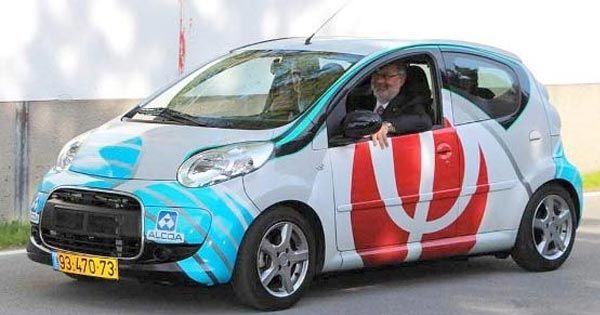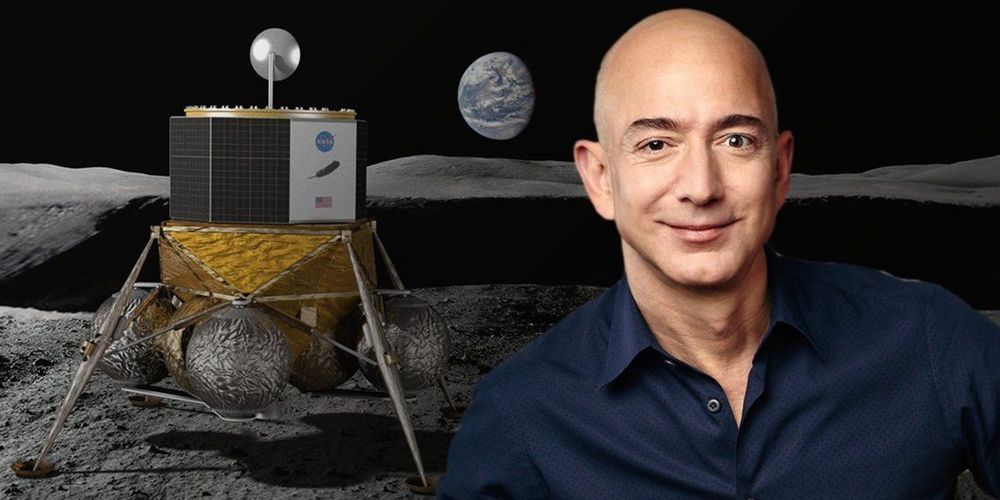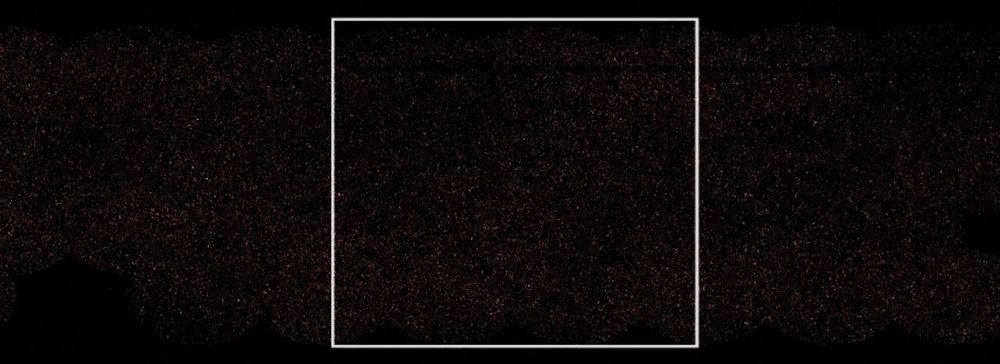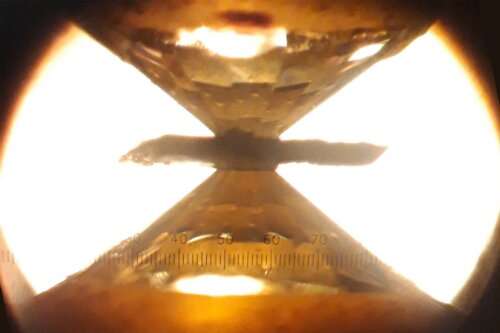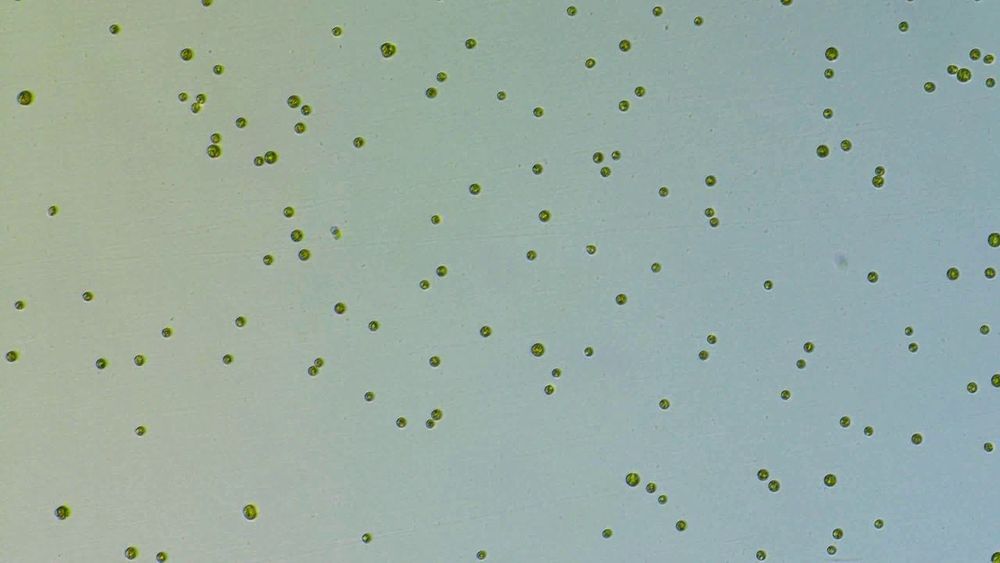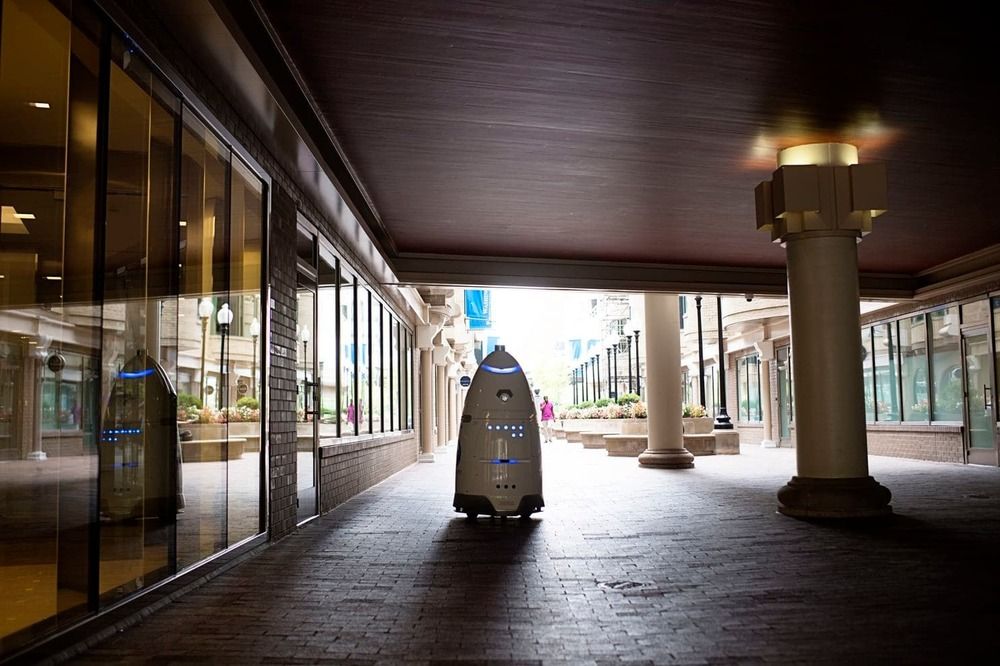Feb 23, 2019
Say Goodbye to Arab Oil and Hello to Israel’s Car That Runs on Air and Water
Posted by Victoria Generao in categories: energy, transportation
Phinergy is a leading developer of breakthrough, absolutely zero emission, high energy density systems based on metal air energy technologies, mainly Aluminum-Air and Zinc-Air. Unlike conventional batteries that carry oxygen, these batteries freely breathe oxygen from the ambient air to release the energy contained in metals.
(274361)
Category: Innovation
Continue reading “Say Goodbye to Arab Oil and Hello to Israel’s Car That Runs on Air and Water” »
